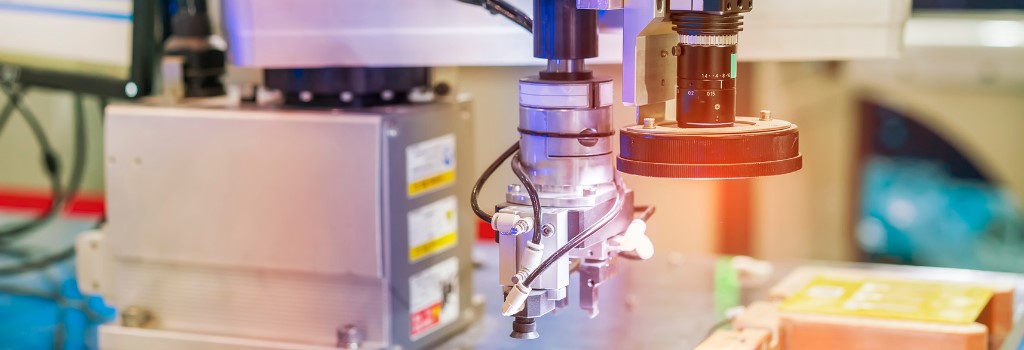- 詳細內容
- 分類: Edge AI
In conventional retail settings, manual checkout processes often lead to long queues, resulting in reduced overall store efficiency and frustrated customers experiencing decreased satisfaction. Additionally, traditional checkout methods may be prone to errors and inefficiencies, further exacerbating the shopping experience.
閱讀全文: AI Vision Self-Service Checkout Kiosk Powered by Ultra-compact Edge AI Gateway EAI-I133
- 詳細內容
- 分類: Edge AI
Domain-specific Large Vision Models (LVMs) represent a critical innovation in artificial intelligence, providing tailored solutions to meet the distinct needs of various industries. Utilizing deep learning to process and interpret extensive visual data, these models offer insights that can significantly enhance operations, decision-making, and unlock new possibilities. Focused on specific fields like healthcare or manufacturing, LVMs surpass general-purpose models by learning from large, specific datasets, detecting complex visual patterns that broader models may miss.
閱讀全文: Building Edge AI Appliances Tailored for Domain-Specific Large Vision Models
- 詳細內容
- 分類: Edge AI
Autonomous lawn mowers are designed to reduce lawn maintenance labor costs and time. But an inefficient or improperly programmed or operated robotic lawn mower would defeat the whole purpose of “autonomy.” An unproductive and unsafe robot will turn a gardener into a programmer, taking away the focus on what matters: the grass.
閱讀全文: Highly Efficient Edge AI for Commercial Autonomous Mowing
- 詳細內容
- 分類: Edge AI
A well-established leader in the foods and beverages industry was in search of an AI-powered industrial automation edge computing solution that could be relied upon for managing their wide range of foods and beverages products; with a growing customer base and increasing product demand, this company decided that streamlining the distribution process and optimizing operational efficiency were of the upmost importance if they were to meet market expectations.
閱讀全文: Enabling A Robust And Efficient Distribution Process Using Lanner’s Edge AI Server Appliance
- 詳細內容
- 分類: Edge AI
AI-powered machine vision inspection is crucial for smart factories to ensure efficient production processes and maintain high product quality, as modern factories generate vast amounts of visual data from sensors and cameras deployed throughout the production floor. Transmitting this data to a centralized cloud for AI training and inferencing can strain network bandwidth, lead to delays, and raise concerns about data security.
閱讀全文: Enabling edge AI inferencing and training for Factory Machine Vision
- 詳細內容
- 分類: Edge AI
In modern manufacturing, quality control is crucial for product excellence and cost reduction. Traditional methods encounter efficiency and adaptability challenges. Portable AI vision systems, fueled by edge AI computing and advanced computer vision, provide a streamlined and accurate solution, optimizing inspections in diverse industries.
閱讀全文: Optimizing Inspection Processes with Portable AI Vision Solutions
- 詳細內容
- 分類: Edge AI
Rail Obstacle Detection refers to the process of alerting railway operators about obstacles or obstructions present on the railway tracks. These obstacles can range from debris and fallen branches to unauthorized vehicles or individuals trespassing on the tracks.
閱讀全文: Real-Time Obstacle Detection Over Railway Track with In-Train Edge AI Appliance












